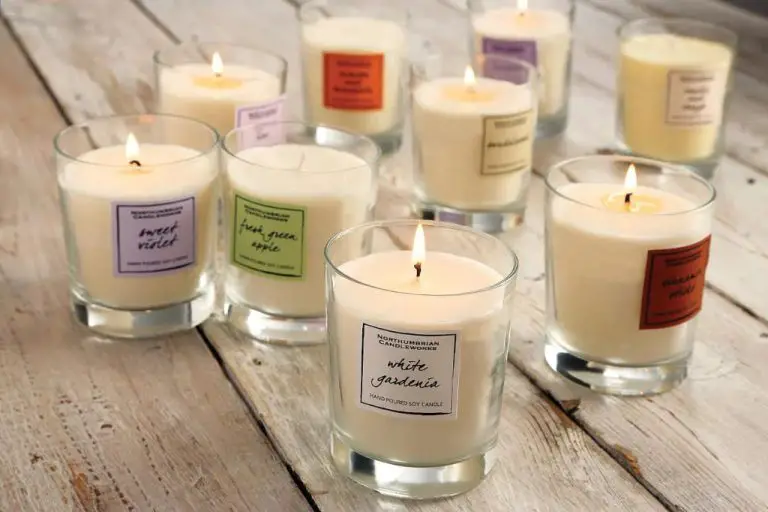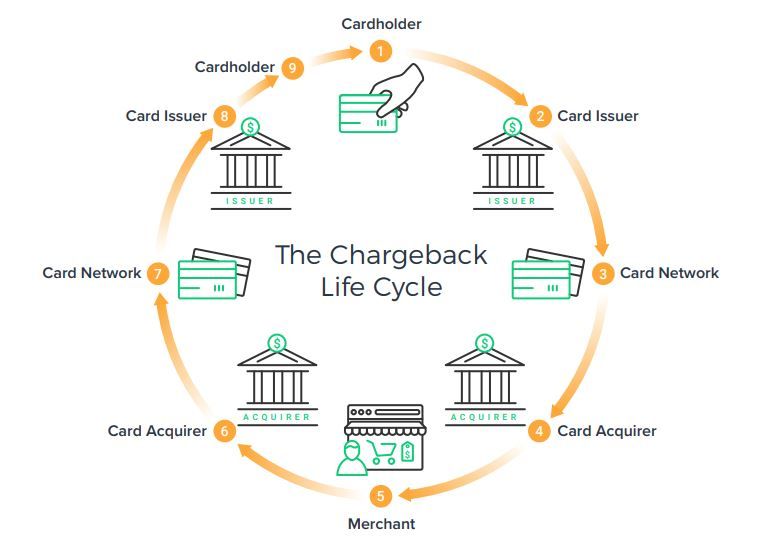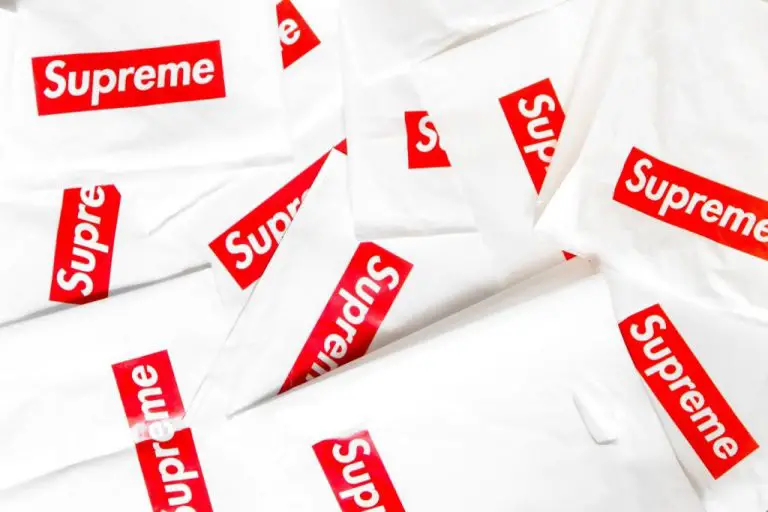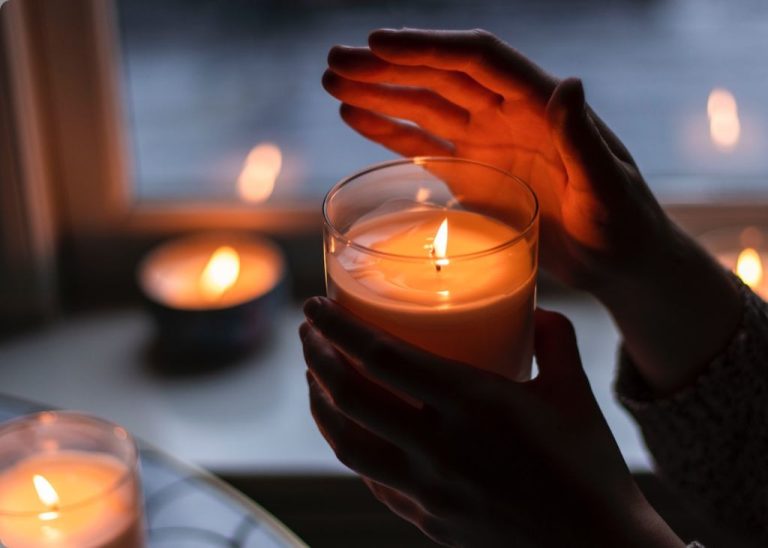Who Mostly Buy Candles?
Candles are enormously popular home decor and fragrance items loved by many demographics. However, studies show women make up the vast majority of candle buyers. Marketing research indicates around 80% of all candle purchases are made by women. This seems to hold true across age groups, income levels, and geographic locations. Women buy candles for a variety of uses – from creating an ambiance, masking odors, relaxation, gifts, and more. They also tend to have strong opinions about their preferred candle fragrances. Understanding the major factors that drive women to buy candles can provide great insight into targeting this audience.
Women
Women make up the largest demographic purchasing candles. Studies have shown that over 80% of all candle purchases are made by women. This overwhelming majority illustrates the strong preferences women have for candles compared to men. Reasons for the discrepancy may be that women tend to appreciate candles more for their scents, decorative purposes, ability to create ambiance, and overall enjoyment compared to men. Marketing data from candle companies reveals their heavy targeting towards the female consumer. Furthermore, when looking at gift purchases, candles are commonly given to women for birthdays, anniversaries, and holidays versus men. The strong association between women and candles stems from decades of cultural norms and marketing that shaped these products as part of the domestic domain. While candles certainly have universal appeal, statistically women have remained the top consumer of candles for their multifunctional uses.
Age Groups
Candles appeal to women across various age demographics, but studies show some differences in purchasing patterns based on age:
Women 18-24 – This younger demographic often buys candles for dorm rooms or first apartments. They tend to prefer affordable, novelty-scented candles in fun containers as decoration.
Women 25-34 – Busy young professionals and new mothers buy candles to create soothing environments. They often opt for relaxation-promoting scents like lavender, chamomile, and eucalyptus.
Women 35-44 – Married women with families purchase candles for their homes. They like classics scents like vanilla, apple pie, clean linen that bring comfort and nostalgia.
Women 45-54 – Midlife women enjoy candles for relaxation and pampering. Popular scents include floral, fresh bakery, and sophisticated perfumes.
Women 55+ – Mature women buy candles as gifts and for their soothing properties. They tend to prefer traditional scents like rose, jasmine, sandalwood.
Income Levels
Research shows that income level plays a significant role in who buys candles and how much they spend. Middle and higher income households tend to spend more on candles as they have more disposable income.
According to a market research study, households with an annual income between $50,000 to $100,000 spend an average of $82 a year on candles. For households earning over $100,000 a year, the average spending increases to $125 annually.
Lower income groups with earnings under $30,000 have more limited budgets so may buy candles less frequently or opt for less expensive options. However, candles remain an affordable luxury that most households across income levels indulge in occasionally.
Within higher income brackets, there is a greater tendency to purchase premium candles from luxury brands. These households view candles as home accents and are willing to pay more for hand-poured, natural soy or beeswax formulas.
In summary, income level is a predictor of candle spending. But candles appeal to a wide range of budgets, making them a accessible indulgence for most demographics.
Geographic Location
There are some noticeable differences in who buys candles the most across different regions of the United States. According to recent market research, the Northeast region has the highest percentage of households that purchase candles. Nearly 60% of Northeastern households reported buying candles in the past year. The cold winters and more time spent indoors contributes to candle purchases in this region.
The Midwest and South also have high rates of candle buying, with over 50% of households purchasing candles. Candles are popular year-round in these regions. In the West, closer to 40% of households buy candles. The warmer climate reduces candle needs. Coastal states like California have lower ownership rates, while mountain states like Colorado have higher ownership. Overall, candle ownership tends to be higher in landlocked states versus coastal states.
Urban areas also tend to have more candle buyers compared to rural areas. With more access to retail stores selling candles, city dwellers are exposed to more candle options and marketing. Suburban neighborhoods fall in the middle for candle buying rates.
Occasions
Candles are often purchased for gifting during special holidays and events throughout the year. The top occasions when people buy candles as gifts include:
- Birthdays – Scented candles make great birthday gifts because they’re usable items that also provide a personalized touch based on the recipient’s taste.
- Wedding Anniversaries – Candles, especially those in elegant containers, are popular anniversary presents. Pairing a scented candle with a heartfelt card or photo frame makes a meaningful gift.
- Valentine’s Day – Romantic candles help set the mood and provide thoughtful Valentine’s gifts. Gift baskets with candles, chocolate, and wine bottles are also popular for couples.
- Mother’s Day – Scented candles are commonly given to moms on Mother’s Day. Customizing the fragrance based on their favorite can make it more personal.
- Christmas – Holiday scents like pine, peppermint, and spiced cider are top-selling candle fragrances around Christmas. Candles are great stocking stuffer gifts during the holidays.
Knowing when peak candle-buying occasions occur can help retailers time their marketing campaigns and properly stock popular seasonal fragrances.
Fragrance Preferences
When it comes to the most popular candle fragrances, there are a few key scents that tend to top the charts. Floral and fruit scents are perennial favorites, with lavender, vanilla, citrus fruits like grapefruit and lemon, and sweet bakery scents like sugar cookies also ranking highly. Here’s an overview of some of the most sought-after candle fragrances:
Floral Scents
Florals are a candle classic. Scents like fresh roses, heady jasmine, gentle lilac, and soothing lavender are appealing across demographics. These floral fragrances conjure feelings of freshness and femininity. Lavender is especially popular for its relaxing properties.
Fruity Scents
Candles with juicy fruit scents are another bestseller. From bright citrus like lemon, grapefruit, and orange to luscious berry blends and even exotic fruits like guava, fruity candles smell sweet and refreshing. Citrus scents like lemony smells also have an energizing effect.
Vanilla
Warm, cozy vanilla is reliably one of the most sought-after candle scents. Its sweet aroma is soothing and nostalgic. Vanilla-scented candles are perfect for creating a welcoming atmosphere.
Bakery Scents
The smell of fresh-baked goods is irresistible in candle form. Buttery cookies, cinnamon rolls, and sugary cakes are mouthwateringly delicious scents that make people think of home. These gourmand fragrances are comforting and indulgent.
Clean Scents
Fresh, clean scents like cotton, linen, and light musks appeal to those looking for candles with crisp, bright aromas. They smell refreshing and airy. Clean scents are versatile for any room.
In summary, the most sought-after candle scents cater to popular preferences for floral, fruity, sweet, and fresh fragrances. Consumers gravitate towards scents that evoke happiness, relaxation, and nostalgia. When shopping for candles, these bestselling fragrances are ones to look for.
Decor Purposes
Candles are commonly used as part of home decor. Their warm glow and pleasant fragrance can enhance the ambiance of any room. Strategically placing candles around the home can create a welcoming atmosphere. Here are some popular ways candles are incorporated into home decor:
- Accent pieces on shelves, mantles, side tables – A candle displayed on its own or paired with small decor items makes an attractive focal point.
- Centerpieces – Groupings of candles in varying heights and diameters make for stunning arrangements on dining room tables, coffee tables, etc.
- Window sills – Line up an assortment of candles along a windowsill to create a cohesive look.
- Entryways – Welcome guests with candles lit near the front door. Their glow against the dark night is both beautiful and functional for lighting the way.
- Bathrooms – Candles bring warmth and calm to bathrooms. Display candles on the edge of bathtubs, next to sinks, or on bathroom counters.
Decorative candles come in all colors, shapes, and sizes. Scented, unscented, and novelty candles can all be incorporated into home decor. Thoughtfully placing candles around a home creates an inviting ambiance that impresses guests.
Relaxation & Self-care
Candles are often used to promote relaxation and self-care. The warm glow and flickering flame of a candle creates a soothing ambiance that can help calm the mind and reduce stress. Scented candles in particular are popular for relaxation, as the aroma fills the air and evokes a sense of tranquility. Many people enjoy lighting scented candles during activities like yoga, meditation, or a warm bath.
Aromatherapy candles that use essential oils are common for relaxation. Scents like lavender, chamomile, and eucalyptus are known for their calming properties. Burning an aromatherapy candle infuses the air with these relaxing scents to create a peaceful environment. Spas often use aromatherapy candles during massages, facials, and other treatments. The aromas enhance the services and promote deeper relaxation.
Soy candles, beeswax candles, and other natural candles are preferred for relaxation as they burn cleaner than paraffin candles. The pure scents and lack of smoke or odor creates an ideal setting for yoga, meditation, reading, and more. Relaxation-focused companies like Bath & Body Works have many candle options marketed specifically for relaxation and aromatherapy at home.
Conclusions
In summary, the typical candle buyer tends to be women across various age groups and income levels. Geographically, candle sales are strong in colder regions where candles provide warmth and coziness during the winter months. Occasions like birthdays, anniversaries and holidays drive gift-giving of candles. Relaxation and self-care are also primary motivators for personal candle purchases. When it comes to fragrance preferences, floral, fruity, and clean/fresh scents are among the most popular. Candles are frequently used to decorate homes and create inviting ambiance. The market for candles continues to grow as more consumers discover their versatility and value for enhancing mood, décor, and wellbeing.




